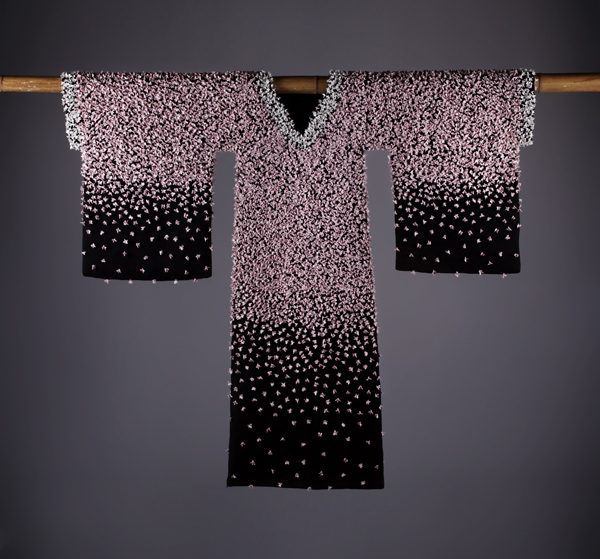

The final stop on my Australia tour was Canberra where I taught a two day workshop at the Canberra Potter's Society. Their organization is top notch from beginning to end. The combination of facilities, programing and community where really impressive. They offer classes, a ceramic gallery, and an artist-in-residence program.
If you are looking for an international travel experience they have an excellent three month residency that comes with funding, an on-site apartment and fully equipped studio.
I had the pleasure of exploring Canberra with ceramic artist and CPS workshop chairperson Maryke Henderson. As she drove I enjoyed watching the changing fall leaves spread across the hilly landscape. We had perfect weather with warm days, crisp nights, and plenty of blue sky.


Being the capital of Australia, Canberra is filled with government buildings and a surprising amount of urban green space. It is the most nature oriented city I have ever visited. One afternoon we walked up to the edge of Lake Burley Griffin, named after the architect that designed Canberra's urban space. Afterwards we drove up to the
Australian parliament. The hill top building is crested with a massive triangular pinnacle and Australian flag that can be seen from miles around. The easy access to the building highlights the contrast between American and Australian government. Even the Australia's elite political establishment seems to have the same casual feeling that I have come to love in the country's citizens.



In the workshop I talked a lot about my approach to color and how that influences pattern and form. This teapot was one of the few pots that I had time to finish. During workshops I never know how many pieces I should finish.
Time spent talking vs. number of finished pots is a balance that changes every workshop. The main focus of the workshop is the lectures/demonstrations but I like to leave both decorated and undecorated examples that can be handled by future students. Handling finished pots drives home much of the design decisions I make on each pot.
 I feel like I have tea on the brain because tea ware designs have been my main interest lately. Y
I feel like I have tea on the brain because tea ware designs have been my main interest lately. You can see the scale of the teapot is diminutive by western standards.
This Chinese style teapot (for green tea) is roughly the same size as an English style teacup with saucer (for black tea). You can see images of the other pots I made on my Facebook page. Click her to visit the Carter Pottery Facebook Page.



















































